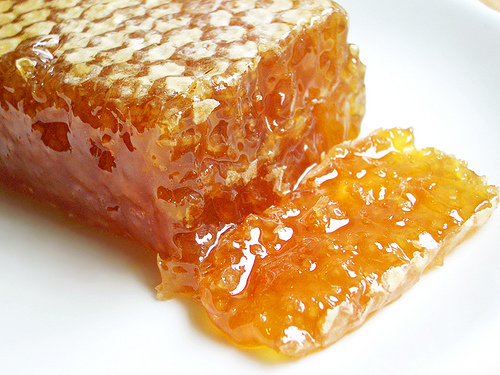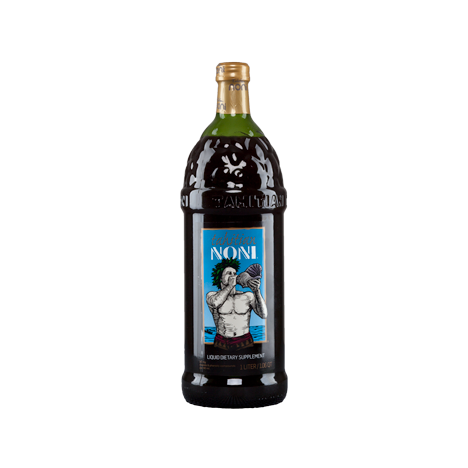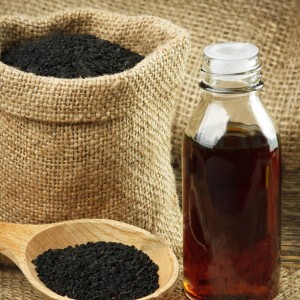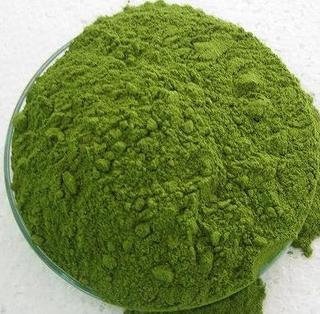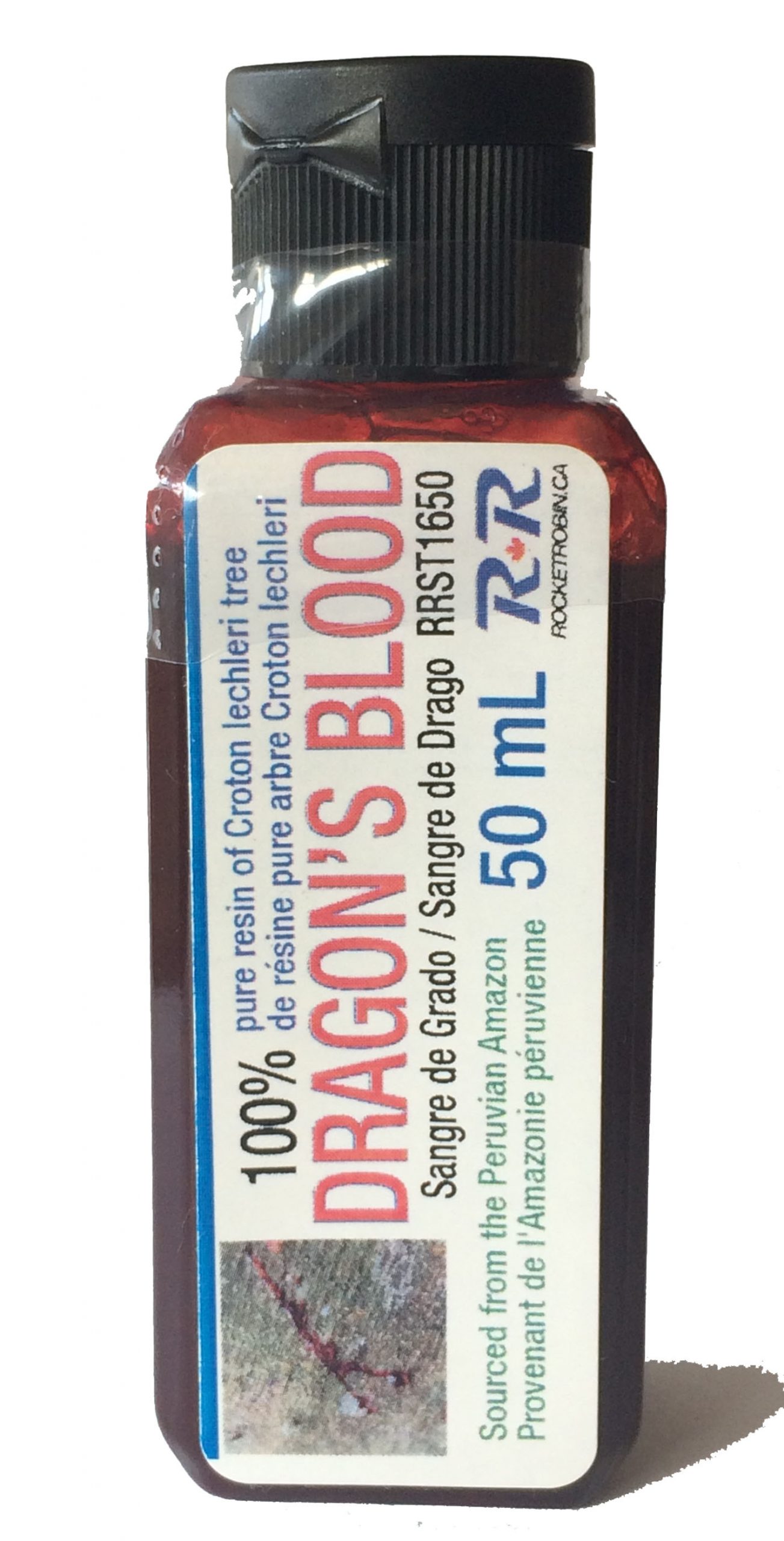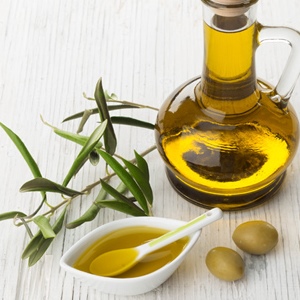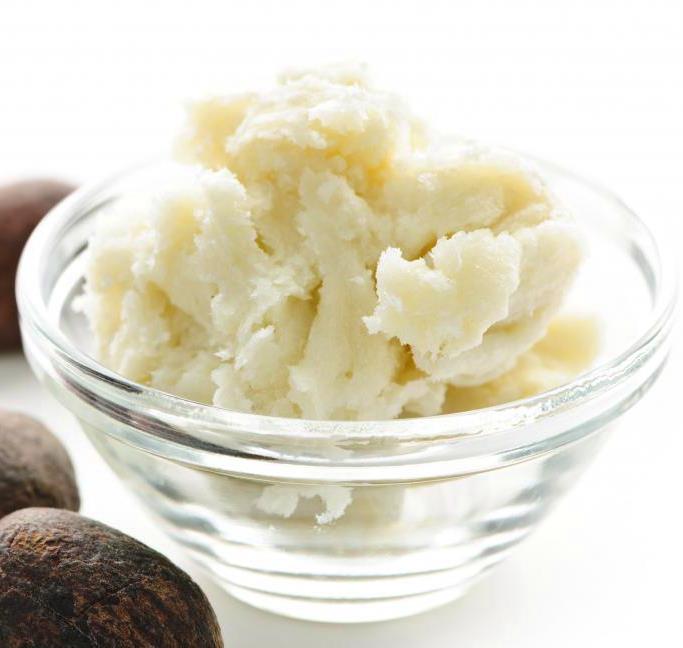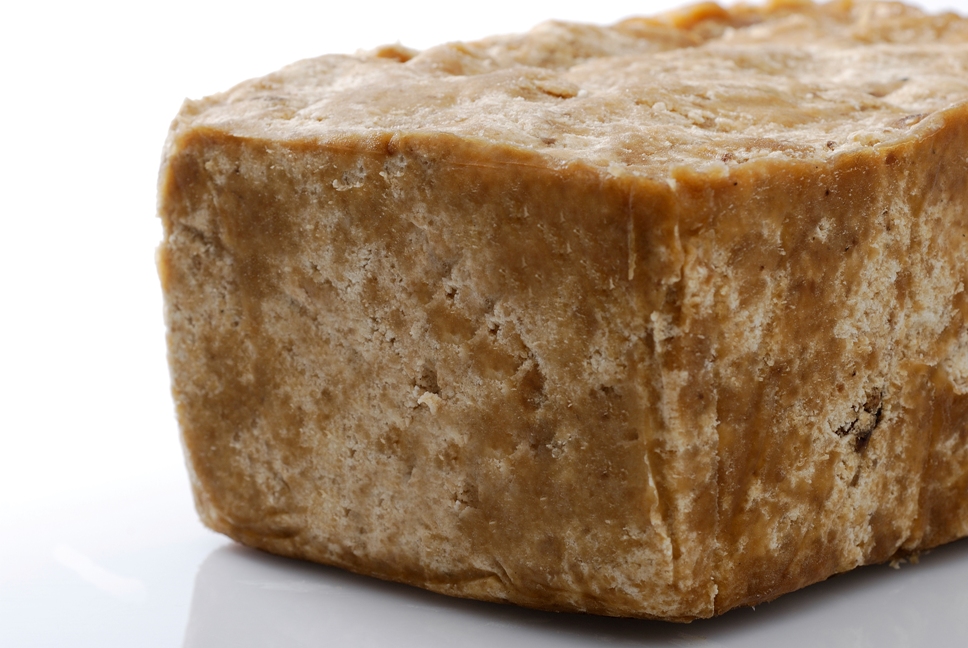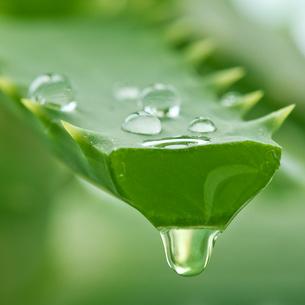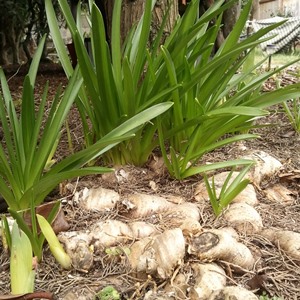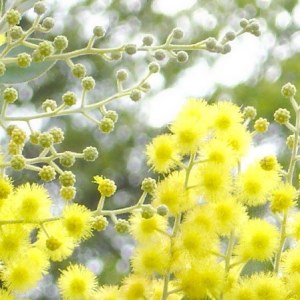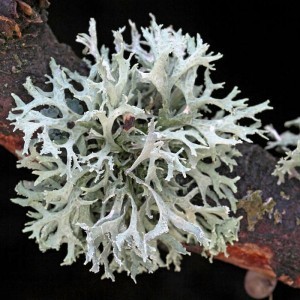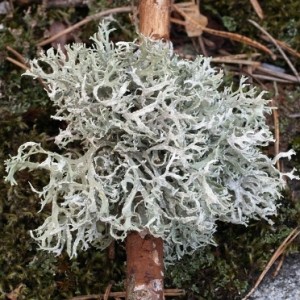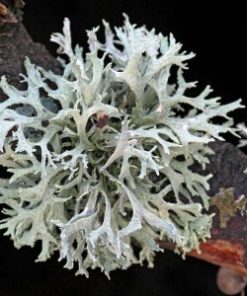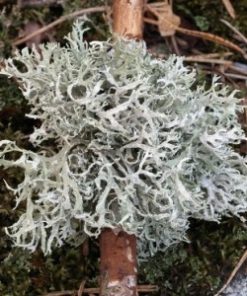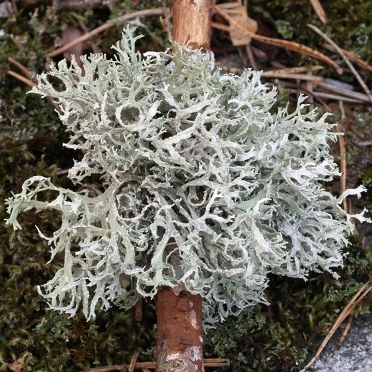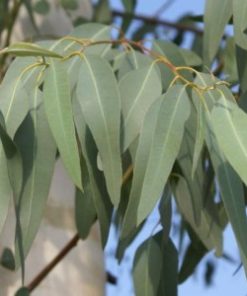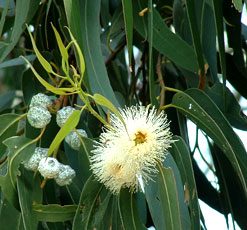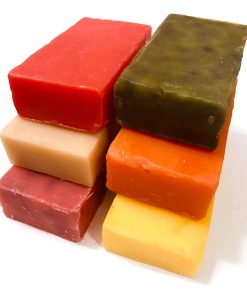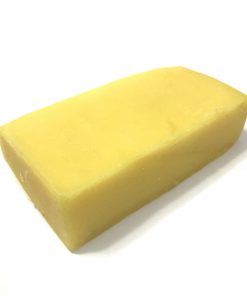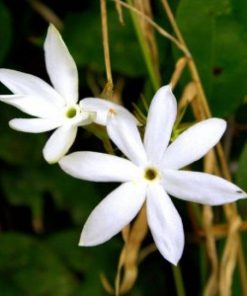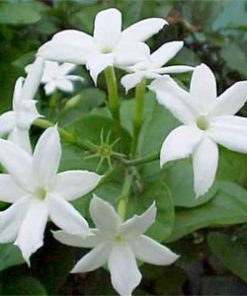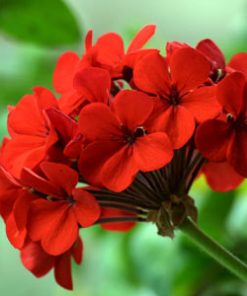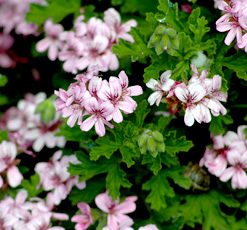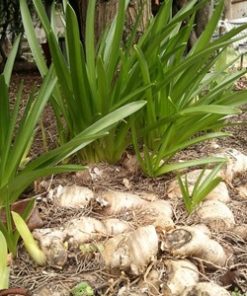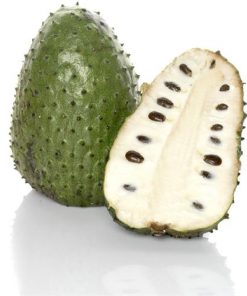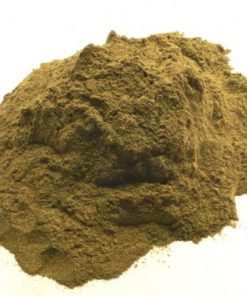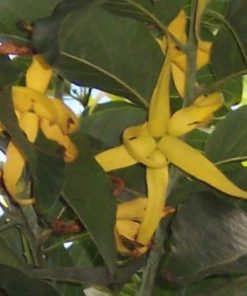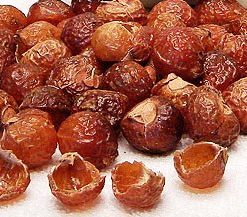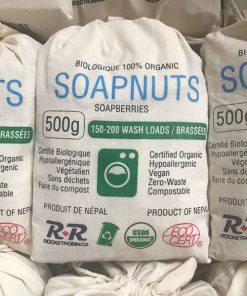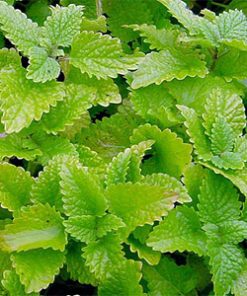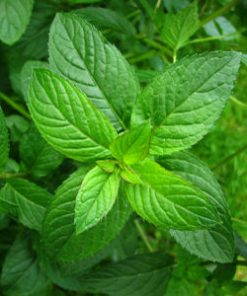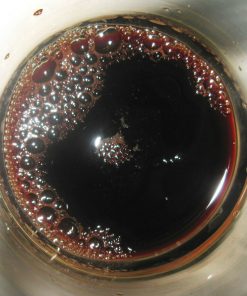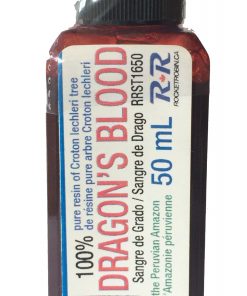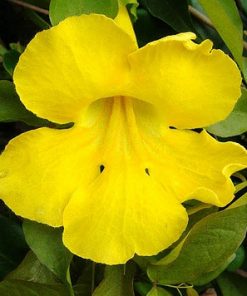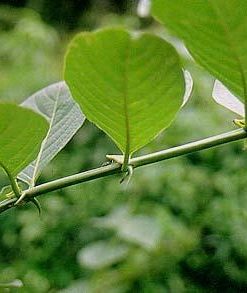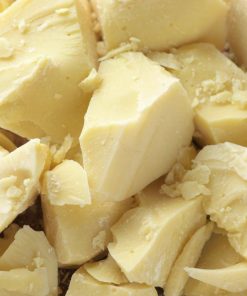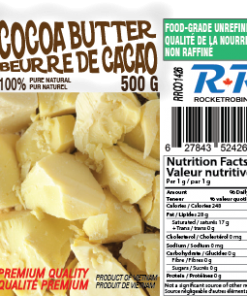Description
Oakmoss Absolute Oil (5 mL)
Oakmoss Absolute. Oakmoss is not a true flowering plant but a lichen (algae + fungus) that is extracted for its fragrance. They grow well on trunks of the Oak tree. Oakmoss absolute is a viscous liquid with an extremely intense aroma reminiscent of a damp forest floor.
Oakmoss, also known as Evernia prunastri, is a species of lichen, a fungus found in mountainous temperate forests all around the Northern Hemisphere. As its name already suggests, oakmoss grows commonly on the branches and trunks of oak trees, even though it may also be found on other deciduous trees and conifers. This bushy lichen is very short, flat and has a strap-like thallus that somewhat resembles the shape of deer antlers. Oamkoss varies in color, being minty green or almost white when dry, or dark-olive green and even yellowish when wet.
HISTORY OF USE
An odour evoking that of a forest floor, Oakmoss is a prized essence coming from the lichen that grows on oak trees in Europe (harvested in the Balkans). Nowadays severely restricted under skin sensitization concerns, it is nevertheless an essential part of chypre fragrances and fougère fragrances.
Fragrance Impact: Earthy-rich notes of moss, with slight undertones of wood and pine with excellent tenacity. Reminiscent of a walk in an old forest.
Botanical Name: Evernia prunastri
Description: A thick resin-like consistency that is almost semi-solid at room temperature.
Properties: antiseptic, demulcent, expectorant, and restorative.
Uses: Oakmoss is commercially harvested in countries of South-Central Europe and usually exported to the Grasse region of France where its fragrant compounds are extracted as oakmoss absolutes and extracts. These raw materials are often used as perfume fixatives and form the base notes of many fragrances. They are also key components of Fougère and Chypre class perfumes. The lichen has a distinct and complex odour and can be described as woody, sharp and slightly sweet.
Source: Central Europe
Characteristics: Its odour is uplifting, cooling and calming. Its properties are more emotional and spiritual than physical. It can be used as an addition with respiratory oils as an inhalant to relieve congested sinus. May irritate sensitive skin. Blends well with cedarwood, citrus, pine, rosemary and vetiver. Used extensively in perfumery, it is a very thick product whose dark green color will vary from batch to batch and distiller to distiller.
Production Method: Solvent or CO2 Extraction
Oakmoss is one of the most commonly used raw materials, especially in chypre and Fougère types of perfumes. Often used as a fixative, it not only improves the longevity of the composition but also lends a delicate forest-like, rich and earthy aroma to the fragrant composition, leaving a natural, damp and creamy soft trail. This raw material is usually commercially grown in South-Central Europe and exported to Grasse in France, where the majority of the perfumery houses are situated. Oakmoss absolutes and extracts, derived from the lichen, have a distinctively woody, sharp and very sensual aroma that combines very well with floral and green notes, and makes a great addition to oriental type fragrances. A special type of oakmoss which grows on pine trees has a slightly different, turpentine-like smell, which makes it highly valued among perfumers.
For many years, oakmoss has been known as a potent dermal sensitizer that should be used with extreme caution in order to prevent adverse dermatological reactions. However, it has become very controversial in recent times, since the IFRA, a body that regulates the guidelines for safe usage of fragrant chemicals and essential oils in perfumes, has listed oakmoss as a restricted ingredient. IFRA regulations state that oak moss extracts obtained from Evernia prunastri should not be used in consumer products if their quantity exceeds 0.1%. Moreover, if the formula already contains tree moss extracts, the levels of oakmoss and tree moss extracts should be reduced in such a way that the total amount of both extracts doesn’t exceed 0.1%.
Because it is almost impossible to compose a classic chypre fragrance without a trail of natural moss, perfumers have been under a difficult challenge since 2001, trying to find a new extract that would be olfactively close to the original scent of oakmoss, and yet comply with the IFRA regulations. Following the new guidelines, many perfumery houses have reformulated their epic perfumes. Some of the many examples are Guerlain’s Mitsouko and Parure, both using oakmoss as a base note. But, with a little help from modern science, Thierry Wasser, Guerlain’s famous perfumer, has found a synthetic way to preserve the scent of original version and avoid changing the formulation dramatically.
Caution: NEVER USE INTERNALLY.
- Not recommended for pregnant women and infants.
Individuals with serious and chronic health issues should consult an expert prior to using oils.
TRUST ROCKET ROBIN
Rocket Robin is proud to be your supplier of truly natural products with simple ingredients in support of your family’s health and well-being.
Additional information
| Weight | 0.1 kg |
|---|---|
| Dimensions | 5 × 5 × 5 cm |

